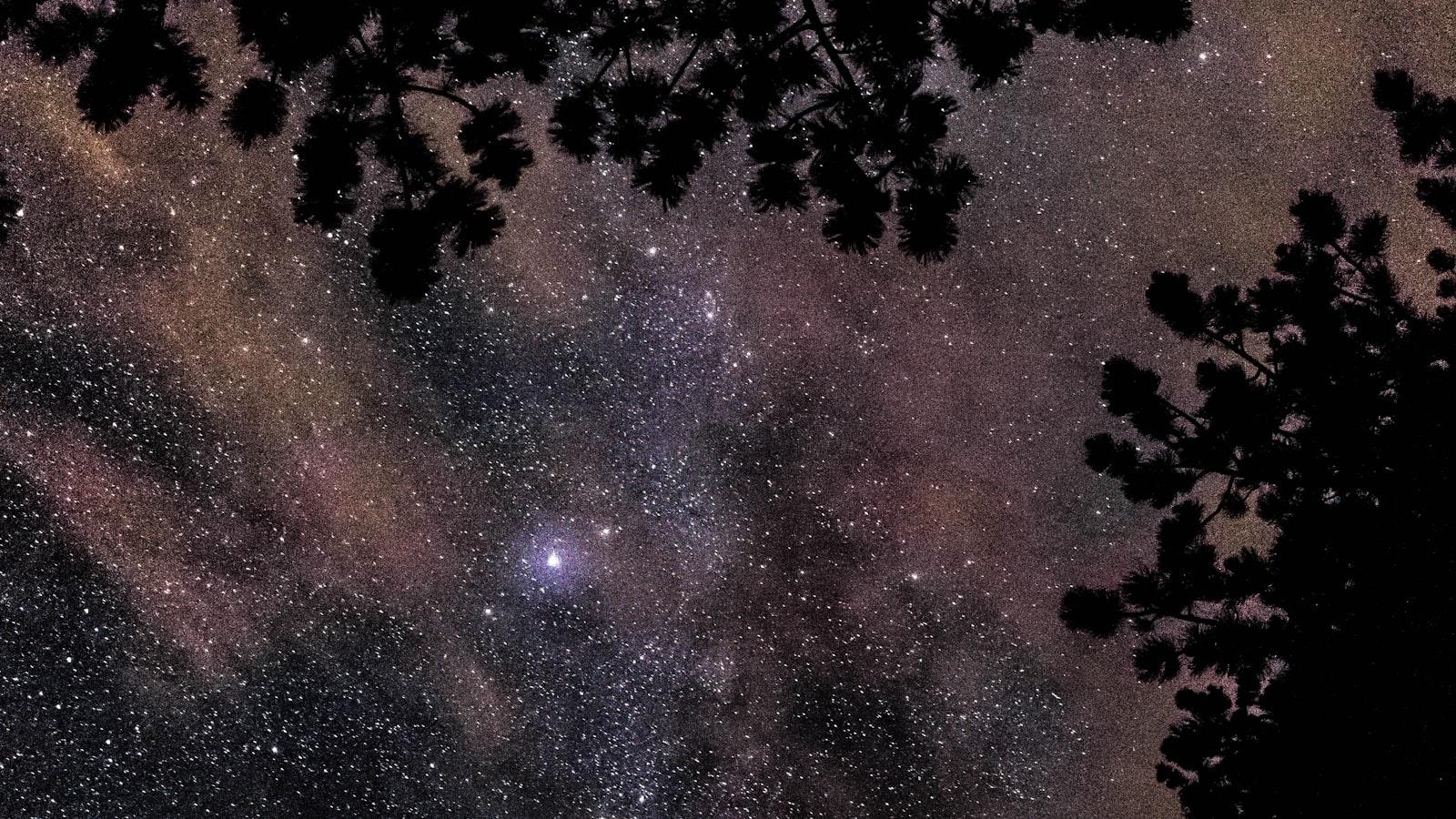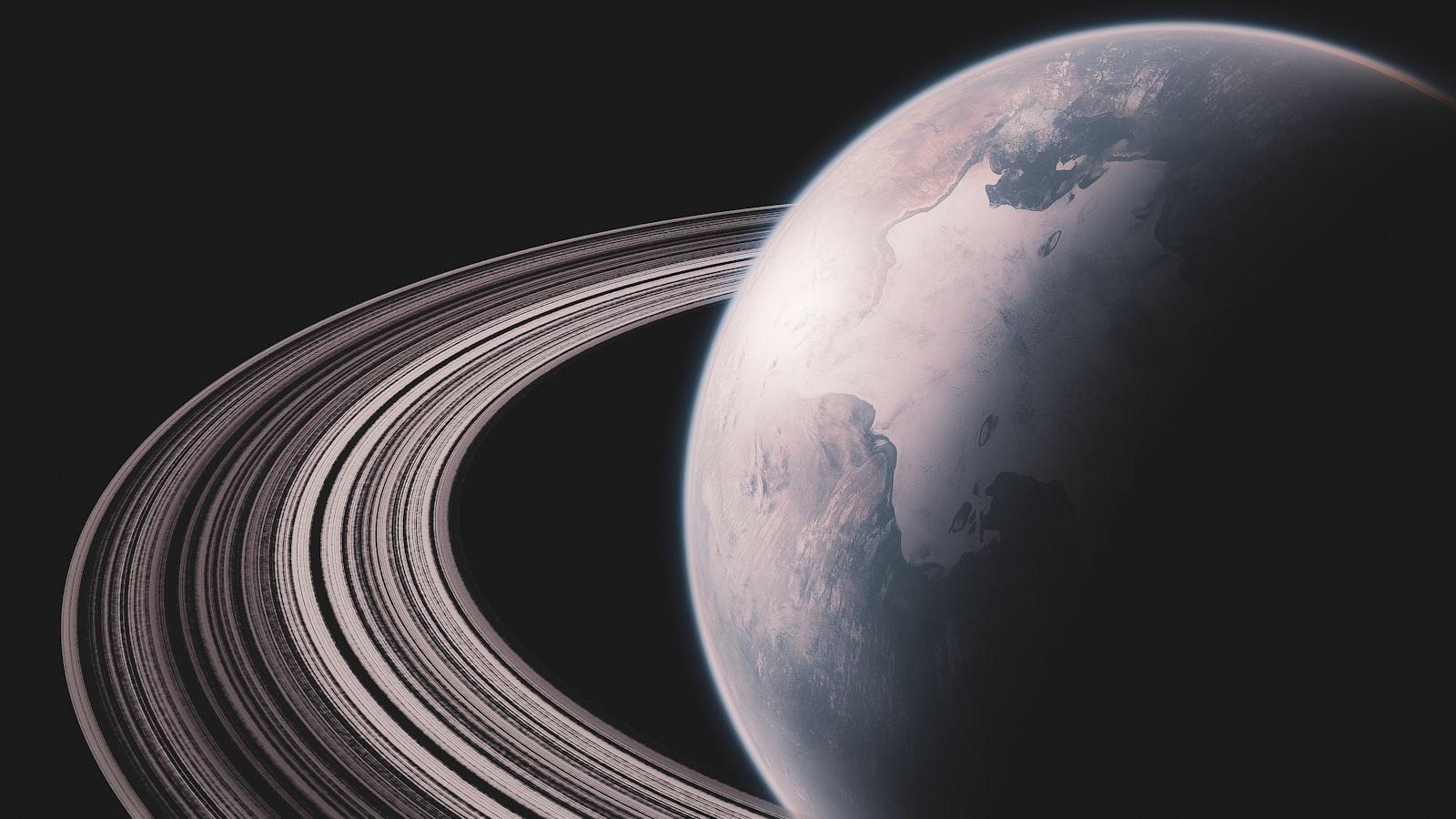Embark on a cosmic journey as we delve into the fascinating realm of planetary types. From the scorching infernos of terrestrial worlds to the icy mysteries of gas giants, the diversity of planets in our universe is as vast as the cosmos itself. Join us as we unlock the secrets of these celestial bodies and explore the unique characteristics that define each planetary type. Buckle up and prepare for an interstellar adventure unlike any other.
Table of Contents
- Exploring the Diversity of Planetary Types
- Unveiling the Characteristics of Rocky Planets
- Deciphering the Mysteries of Gas Giants
- Navigating the Enigmatic Terrain of Dwarf Planets
- Q&A
- In Retrospect

Exploring the Diversity of Planetary Types
When we peer into the vast expanse of the cosmos, we are greeted by a kaleidoscope of planetary wonders. Each celestial body tells a unique story, a tale of its composition, atmosphere, and geological features. From scorching infernos to icy realms, the diversity of planetary types astounds and captivates the curious minds of astronomers and space enthusiasts alike.
<p>Some planets boast towering volcanoes that breathe fire into the heavens, while others hide vast oceans beneath their icy crusts. The planets in our solar system alone showcase an array of characteristics, from the dusty red plains of Mars to the gaseous giants like Jupiter and Saturn. Exploring these planetary types not only deepens our understanding of the universe but also sparks our imagination, inviting us to ponder the countless worlds that may exist beyond our cosmic neighborhood.</p>
Unveiling the Characteristics of Rocky Planets
Rocky planets, also known as terrestrial planets, share common characteristics that set them apart from gas giants in our solar system and beyond. One key feature of rocky planets is their solid surface, typically composed of rock or metal. This solid surface differentiates them from gas giants that lack a discernible solid ground. These planets are known for their rugged landscapes, rocky terrains, and in some cases, volcanic activity that shapes their surfaces.
Moreover, rocky planets tend to have a thinner atmosphere compared to gas giants. This thinner atmosphere is usually a result of the planet’s gravity not being strong enough to hold on to significant amounts of gases like hydrogen and helium. Instead, these planets often have atmospheres dominated by elements such as carbon dioxide, nitrogen, and oxygen. The combination of a solid surface and a thin atmosphere creates an environment where geological processes, such as tectonic activity and erosion, play a crucial role in shaping the planet’s surface features.
Deciphering the Mysteries of Gas Giants
Gas giants are fascinating celestial bodies that spark curiosity and awe among astronomers and space enthusiasts. These massive planets, such as Jupiter and Saturn, are characterized by their immense size and gaseous compositions. With swirling cloud bands, intricate storms, and diverse moons, gas giants present a captivating spectacle in our solar system.
Exploring the mysteries of gas giants unveils a realm of wonder and complexity. From their unique magnetic fields to their astonishing ring systems, these giant planets offer a wealth of scientific intrigue. Scientists delve into the depths of these colossal worlds, studying their atmospheres, compositions, and behaviors to unlock the secrets of our cosmic neighbors. With ongoing research and observations, the enigmatic nature of gas giants continues to intrigue and inspire our quest for understanding the vast wonders of the universe.
Navigating the Enigmatic Terrain of Dwarf Planets
Exploring the realm of dwarf planets is akin to embarking on a cosmic odyssey where mysteries abound and celestial wonders await. These diminutive yet captivating celestial bodies, scattered across the vast expanse of our solar system, offer a unique glimpse into the enigmatic nature of planetary diversity.
From the icy realms of Pluto to the distant horizons of Eris, each dwarf planet harbors its own distinctive charm and allure, challenging our conventional notions of planetary classification. Unveiling the secrets of these cosmic nomads requires a keen eye for detail and a profound appreciation for the cosmic tapestry in which they reside.
Q&A
Q: What are the different types of planets in our solar system?
A: The planets in our solar system come in various shapes, sizes, and compositions. From the rocky terrains of Mercury and Venus to the gas giants like Jupiter and Saturn, each planet has its unique characteristics that make it fascinating to study and explore.
Q: What makes a planet classified as a terrestrial planet?
A: Terrestrial planets, such as Earth and Mars, are rocky and composed of mostly silicate rocks or metals. They have solid surfaces and are relatively small compared to gas giants. These planets are typically located closer to the sun and have thinner atmospheres compared to gas giants.
Q: Can you explain the features of gas giants?
A: Gas giants, including Jupiter and Saturn, are primarily composed of gases like hydrogen and helium. These planets are much larger than terrestrial planets and have thick atmospheres that consist of swirling gases and intense storms. They lack solid surfaces and are known for their impressive ring systems.
Q: What are ice giant planets?
A: Ice giants, like Uranus and Neptune, are distinct from gas giants as they contain a higher proportion of “ices” such as water, ammonia, and methane. Despite their name, these planets do not consist entirely of ice but have rock and metal cores surrounded by thick layers of icy materials and gases.
Q: How do dwarf planets differ from regular planets?
A: Dwarf planets, such as Pluto and Eris, share some characteristics with planets but differ in key aspects. They are smaller in size and are not able to clear their orbital paths of other debris, which is one of the criteria for a celestial body to be categorized as a planet. Despite their classification, dwarf planets still play a significant role in the dynamics of our solar system.
In Retrospect
As we voyage through the vast universe, the diversity of planetary types never ceases to amaze us. From scorching deserts to icy wastelands, each celestial body tells a unique story of its formation and evolution. By understanding the various planetary types that exist beyond our home planet, we gain a deeper appreciation for the intricacies of the cosmos. Whether you are a dedicated astrophile or simply a curious observer, the sheer variety of planets out there invites us to ponder the wonders of our celestial neighborhood and beyond. Join us on this cosmic journey, as we continue to explore the mysteries of the universe, one planet at a time.


0 Comments